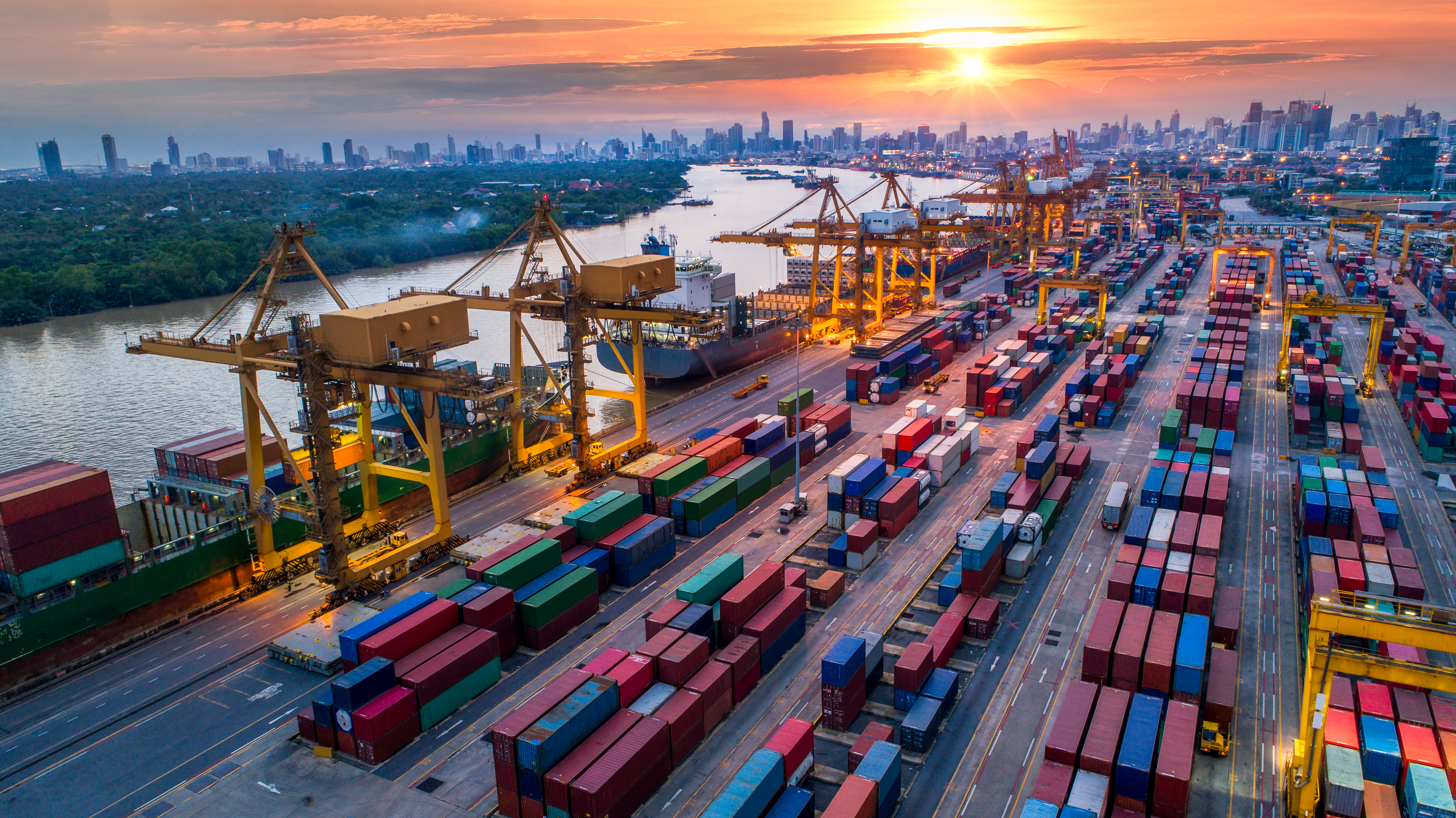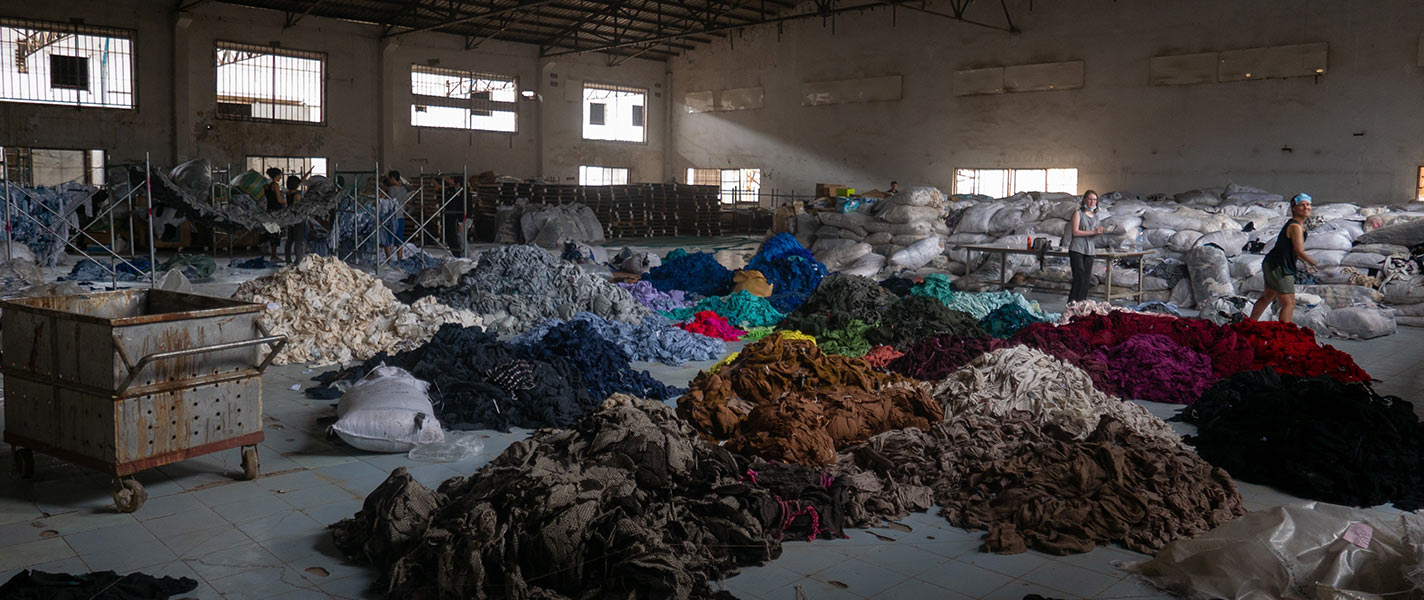The Complex Factors Shaping the 2024 Economic Outlook
As 2024 begins, it is quite evident that the global economic landscape will show signs of a significant shift, considering that after a period of solid growth and relative stability, we are now entering a phase where the pace of global expansion is expected to decelerate.
Elaborating more on this, Fitch Ratings have projected in their recent reports that the global growth will be dropping to 2.1% from 2.9% in 2023, as the risks that raised recession fears last year - rising rates, high inflation, geopolitical tensions, supply chain issues - remain in 2024.
Furthermore, even if a severe recession is avoided, most economists expect considerably slower global growth as opposed to 2023. The IMF forecasts a decline in global GDP growth from 3.2% in 2023 to 2.9% in 2024, despite that the world narrowly missed a major recession in 2023, the global economy is still going to confront challenges stemming from external shocks among which extreme climate factors and geopolitical turmoil, which are making the ‘full’ recovery gradual, uneven, and uncertain. Thus, while a global recession in 2024 can't be ruled out, it certainly is not inevitable either, meaning that the outcome will depend on the complex dynamics of various factors, including policy responses, geopolitics, and unpredictable events.
Geopolitical conflicts could worsen the global financial outlook:
To begin with, the ongoing Russia-Ukraine war has strained worldwide supply chains, especially food security. Now, a new violent clash has erupted in Gaza destabilizing in the process the entire MENA region. Such prolonged conflicts increase economic and political grievances as this can have unintended consequences, heightening therefore anxieties about economic decline.
In addition, Global growth will slow even further in 2024 due to high interest rates, increased energy prices, and a slowdown in the world's two biggest economies, several leading banks claimed that these factors will halt -if not decrease- global growth in Asia, and Middle-east and the Americas.
Meanwhile, Europe is on the verge of a potential recession, dealing with rapid monetary tightening and strong economic headwinds, As Major economies are slowing and Germany -the European juggernaut- is already contracting, that being said, stagnant or falling wages across the continent, compounded by fiscal austerity, are dragging down growth, per UNCTAD.
Another example in Asia is China, which -despite signs of recovery from last year- faces weak domestic consumer demand and private investment. However, it has more fiscal policy space than other major economies, which could be used to address these challenges. Besides these factors, a key concern is the persistence of economic inequality, especially in developing countries disproportionately impacted by monetary tightening in more advanced economies.
Climate change:
Extreme weather events caused by climate change disrupt global supply chains. Until now sporadic and localized, severe droughts and heat waves could start occurring simultaneously, and this could severely affect production, resulting in food shortages, straining supply chains, and increasing household costs. Moreover, food shortages in some areas could spur mass migration or even war, with severe political impacts rippling outward. In addition, governments are currently being encouraged to transition to new and safer energy sources. Nevertheless, efforts to transition to a low-carbon economy may lead to stranded assets and losses for industries dependent on fossil fuels. Therefore, sudden policy changes or the imposition of carbon taxes can impact businesses and potentially contribute to economic downturns as well.
Inflation:
In addition, Persistent inflationary pressures can destabilize economies as a sudden price surge erodes purchasing power and can reduce consumer spending generating in the process an instability in the economic system of consumer-based countries. Factors like supply chain disruptions, increased commodity prices, and monetary policies also contribute to inflationary pressures.
To elaborate more, inflation will eventually lead to a general increase in the price level of goods and services, therefore if prices are rising faster than wages, consumers may reduce spending, leading to a decline in demand for goods and services, damaging in the process the economic power. in addition, central banks may respond to inflation by raising interest rates to control spending however, higher interest rates can reduce borrowing and investment, affecting businesses and potentially leading to an economic slowdown
Technology and AI:
While technological advancements can increase innovation and productivity, they can also displace traditional jobs. The rapid pace of automation and AI adoption could leave many unemployed or underemployed, with long-term implications for economic stability. In addition, High-frequency trading algorithms, influenced by AI, can contribute to increased market volatility. Sudden market fluctuations can undermine investor confidence, potentially leading to economic instability.
It is also important to note that the global economy currently stands at a critical juncture, with the looming threat of yet another economic recession, it's imperative that states prioritize fiscal responsibility, embrace innovation, and foster international cooperation to avert a downturn.
The article represents the views of the blogger and not those of LEED Initiative.
























































































